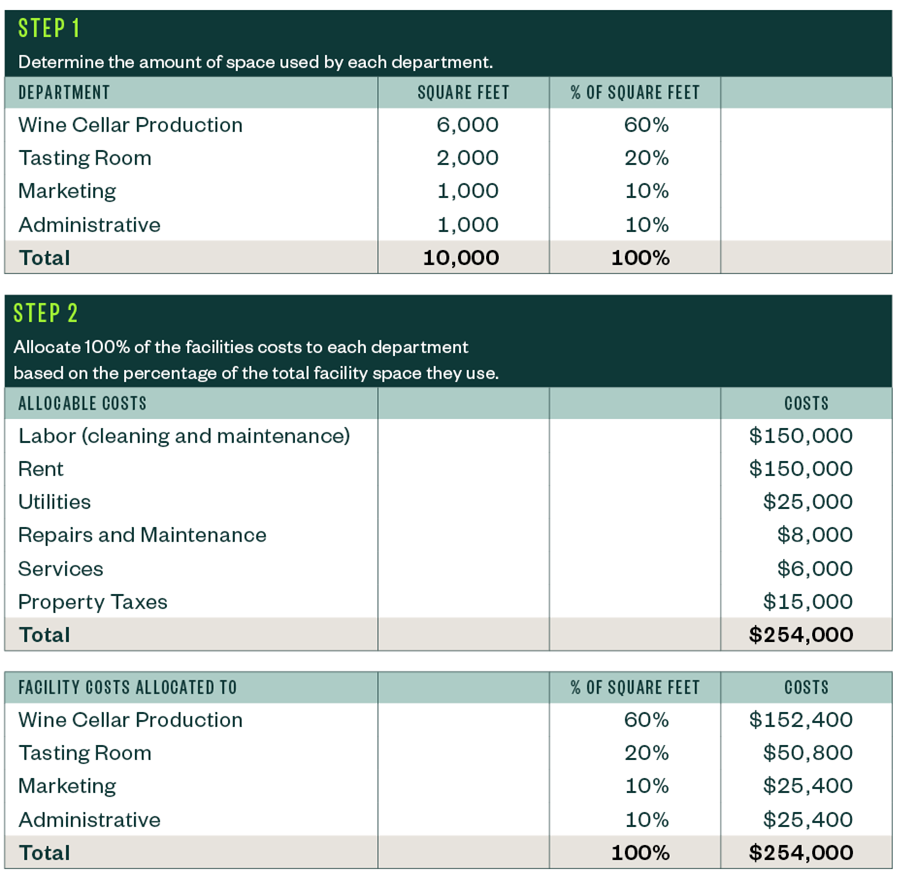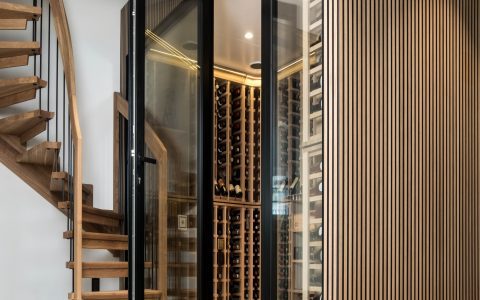Winery buildings integrate functional workflow, material durability, and precise environmental control to optimize wine production quality and efficiency. Key considerations include:
Core Functional Zones
Production Area: Houses receiving pads, destemmer-crushers, presses, fermentation vessels (stainless steel or concrete), and must-transfer systems. Flooring requires chemical resistance (epoxy/polyurethane) and slope for drainage. Adequate utilities (water, 3-phase power, compressed air, CO2/N2 lines) are critical.
Barrel Storage: Demands stable temperature (12-16°C/54-60°F) and humidity (70-85%). Construction utilizes insulated walls/roofs and vapor barriers. Stacking methods dictate structural loading; racking typically supports 2-3 high, while rackless stacking requires specialized barrel design.

Warehousing/Bottling: Temperature-controlled space for finished goods storage (often bonded). Bottling halls prioritize sanitary surfaces, positive air pressure, and efficient material flow.
Critical Design Elements
- Material Flow: Linear progression from grape receival to finished product minimizes cross-contamination and handling. Gravity-flow designs are ideal where topography permits.
- Climate Control Systems: HVAC systems must manage heat loads from fermentation and maintain distinct environments (cold stabilization, barrel rooms, labs). Passive cooling (earth berming, night venting) is increasingly integrated.
- Structural Considerations: Heavy loads from full tanks (approx. 9.6 kg/L or 80 lbs/gal) require robust foundations and slab design. High ceilings in barrel rooms facilitate air circulation.
- Utilities & Drainage: Extensive water access (process, cleanup, frost protection), dedicated waste streams (lees, pomace), and specialized wastewater treatment (pH neutralization) are mandatory.
- Safety & Accessibility: Compliance with OSHA (US) or equivalent standards for confined spaces (tanks), chemical handling, ventilation, and accessibility is non-negotiable.
Sustainability Integration
Modern designs emphasize:
- Water reclamation systems and rainwater harvesting.
- Solar orientation for natural lighting/thermal mass.
- Renewable energy sources (solar PV, biomass boilers using pomace/lees).
- Use of locally sourced, recycled building materials.
Overall, winery architecture balances operational pragmatism with the precise environmental science necessary for premium winemaking.







